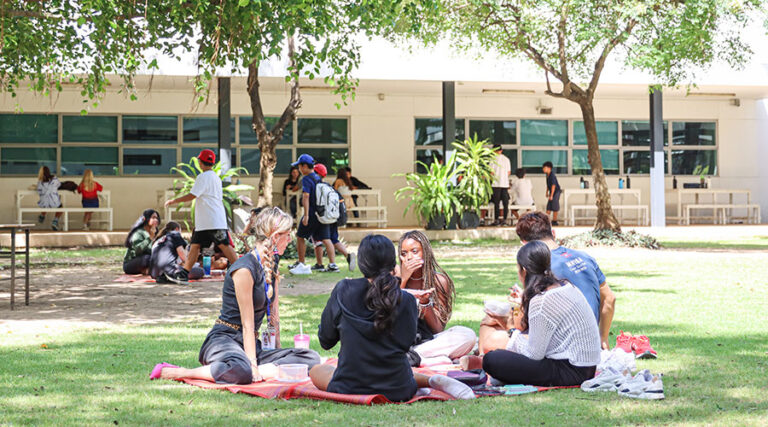Processing speed in psychology is how quickly we think and respond, impacting school and daily life, and can be improved with structured tasks and activities.
We often hear teachers and therapists talking about processing speed, but what is it actually?
The processing speed in psychology refers to fast and accurate visual scanning and identification, decision-making and decision implementation. In school, it has a broader meaning and refers to the time we need to respond to a question, think about what was said, finish the task or decide about something. Finally, on a neuroscientific level, it refers to the rate at which information travels across the brain.
Processing speed in psychology is usually measured by simple visual-motor tasks that should be done quickly and correctly, e.g. the child needs to detect and cross only fruits on a page full of different objects. If a child needs more time to finish the task compared to peers of the same age, there might be a processing speed difficulty.
Processing speed difficulty comes from a need for more time on a cognitive level, it is not caused by low motivation and does not assume low overall cognitive abilities; some very capable students can also struggle with low processing speed. It does not assume only slow processing; some students might work fast but with a lot of mistakes which is still seen as a processing speed difficulty. Lower processing speed can affect memory, attention, behaviour, social skills and overall academic performance.
The need for adequate processing speed in school occurs daily. Formally, it can be set as a designated time to finish the exam or submit the assessments, and informally it can be seen as an expected timeframe to respond to the teacher’s question verbally. These time expectations are set by what average students can do and often do not take into account students who, due to lower processing speed, need more time to finish the tasks.
At home, parents might notice signs of slower processing speed outside of school-related areas, e.g. in slower dressing up, slower eating and making decisions that can disrupt daily living activities.
In school and at home, a positive influence on the processing speed can be achieved by:
- chunking tasks and helping the child to set achievable goals
- reducing environmental distractions
- showing the sample of the end product
- providing more time to finish the task
- reducing the number of tasks
- starting routines early to avoid rushing and feeling anxious
- practising a specific skill or task over and over to get faster at it
- providing more structure, e.g. by using schedules and alarms
Additionally, family activities and playing visual-motor games like those listed below can also have a positive influence on the development of processing speed, especially in early childhood:
- timed activities, e.g. responding to flashcards
- playing sorting and matching games
- puzzles
- spot-the-differences games
Click here for examples of games and activities to improve your child’s processing speed.
In conclusion, if difficulties caused by lower processing speed are recognised and if there is an effort to reduce its impact in school and at home, the child will feel more encouraged and motivated and can achieve their full potential.
Recommended additional reading:
Bright Kids Who Can’t Keep Up
What is slow processing speed?
Bojana Ćoso
School Psychologist




